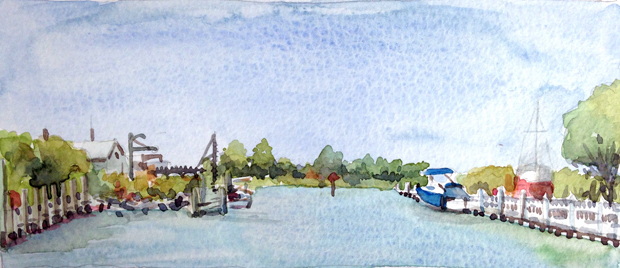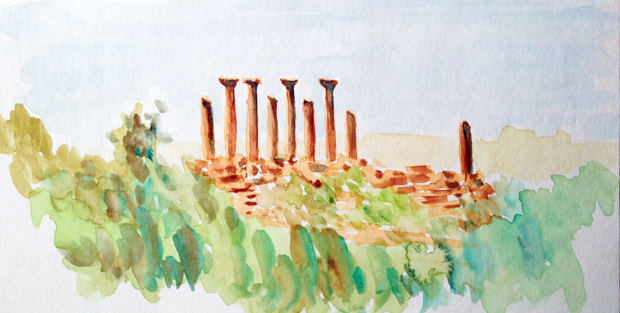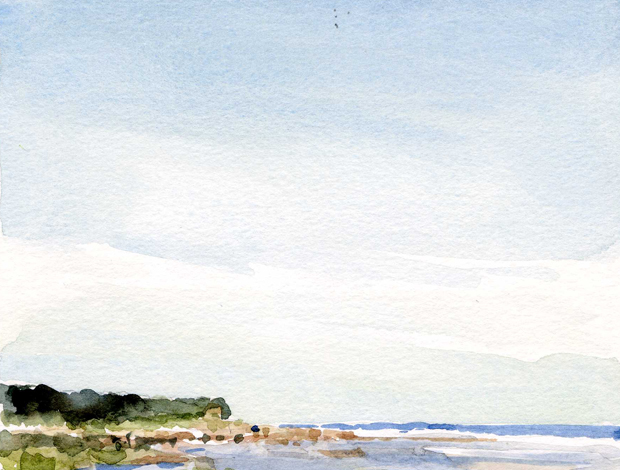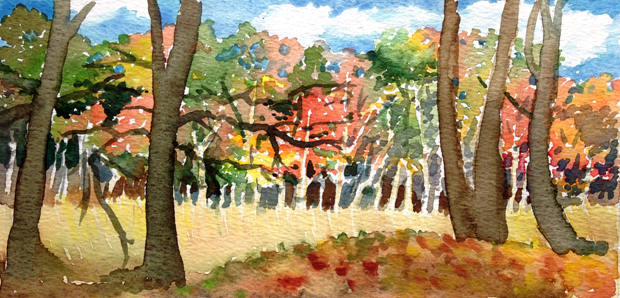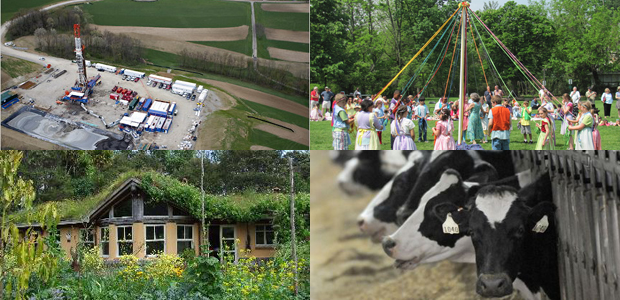 When I first started giving talks using the lens of “old story – new story,” I would illustrate my points with examples. Old story is factory farms, mountaintop removal coal mining, clear-cutting forests, Peak Oil, suburban sprawl. New story is organic farming, renewable energy, selective logging, urban agriculture, Net-Zero building, intentional community. I tried to tease out the stories behind them, the contrasting worldviews at the core of these choices. I would say that the world we live in is created by stories of who we are and why we are here.
When I first started giving talks using the lens of “old story – new story,” I would illustrate my points with examples. Old story is factory farms, mountaintop removal coal mining, clear-cutting forests, Peak Oil, suburban sprawl. New story is organic farming, renewable energy, selective logging, urban agriculture, Net-Zero building, intentional community. I tried to tease out the stories behind them, the contrasting worldviews at the core of these choices. I would say that the world we live in is created by stories of who we are and why we are here.
Several years ago after one of these lectures, a student asked a question that I think about often. Students have a knack for this. At my first teaching job in 1988, a freshman architecture student asked me if the Greeks thought of themselves as “modern.” It was a humbling and exciting moment in which I hoped any knowledge I might be able to impart would not interfere with his ability to ask such juicy questions. This time, the student wanted to know when all this begin, this shift to the modern worldview, the Story of Separation that produces the world we live in today. He asked, When did we start thinking this way? Continue reading




